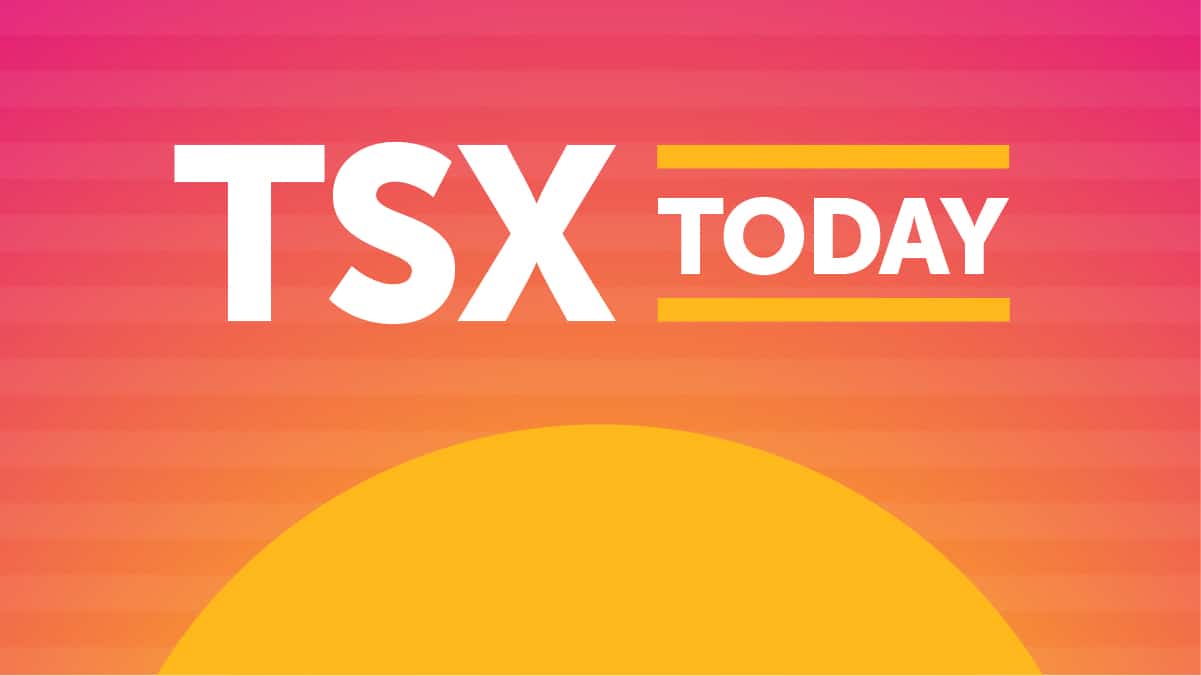The S&P/TSX Composite Index climbed 105 points on Thursday, August 11. However, this spike was powered by one red-hot sector while the rest lagged. Today, I want to discuss what Canadian investors should watch for on the TSX. Let’s dive in.
New momentum in the energy space: These TSX stocks have benefited
Canadian energy stocks were on fire in the first half of 2022. Oil and gas prices entered the New Year with momentum, as commodities rose in response to a global economy that appeared ready to leave the COVID-19 pandemic in the rear-view mirror. The Russian invasion of Ukraine on February 24, 2022, spurred a bigger run for oil and gas prices. That momentum seemingly calmed down in the summer season, as lower gas prices gave consumers some small relief in an inflationary climate.
Yesterday, Goldman Sachs projected that the price of Brent crude would reach US$130 per barrel by the end of the year. It fell below US$90/barrel in late July for the first time since the Russian invasion. This forecast is dependent on increased Chinese demand for jet fuel and diesel. The S&P/TSX Capped Energy Index increased 3.93% on Thursday, August 11.
Imperial Oil (TSX:IMO)(NYSE:IMO) is a Calgary-based company engaged in the exploration, production, and sale of crude oil and natural gas in Canada. Shares of this energy stock have climbed 24% in 2022 as of close on August 11. The stock has surged 70% from the previous year.
This energy stock possesses a very favourable price-to-earnings (P/E) ratio of 7.5. Moreover, it offers a quarterly dividend of $0.34 per share. That represents a 2.3% yield.
Is a housing cataclysm on the horizon?
The Bank of Canada (BoC) has been forced to dramatically increase the benchmark interest rate in response to soaring inflation. There are fears that this could lead to a deep correction in the Canada housing market. Last month, Royal Bank released a report that predicted the Canada housing market would suffer its sharpest correction in nearly half a century. National home sales have already suffered a significant decline since the spring season.
Top analysts at Desjardins Securities recently projected that average home prices could fall by as much as 25% by the end of 2023.
Housing-linked TSX stocks like EQB are at risk due to the exposure to the housing market. This top alternative lender has achieved record earnings growth largely on the back of a booming real estate space. Shares of this TSX stock have dropped 21% in 2022 as of close on August 11. The stock is down 28% from the previous year.
A yield curve inversion spells trouble for the broader TSX
An inverted yield curve occurs when longer term yields fall at a faster rate than short-term yields. A yield curve inversion is seen by some analysts as a key recession indicator. This month, the yield on a Canadian 10-year government bond fell 50-basis points below the two-year yield. That represents the deepest yield curve inversion since the mid-1990s.
TSX investors should pay close attention to the effects of interest rate hikes on the Canadian economy. Canadians were already leveraged to the hilt coming into the new decade. The COVID-19 pandemic exacerbated that debt crisis. Interest rate hikes are set to significantly increase pressure on everyday Canadians going forward.
 Act Fast: 75 Only!
Act Fast: 75 Only!







